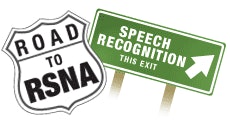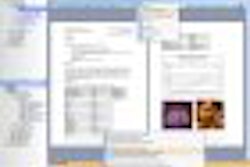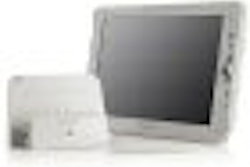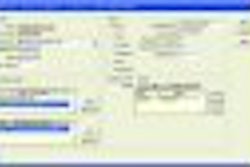Dictation is as critical to medical imaging practice as the anatomic and functional representations it interprets. In a busy, fast-paced practice -- which sums up pretty much all radiology groups -- turnaround time is the benchmark of performance. Streamlining the interpretative output, whether the final report is paper or digital, is needed to handle the ever-increasing volume of imaging requests and to stay competitive in the healthcare market.

Structured reporting provides up-front benefits in time savings. It is also preferred by referring clinicians, and lends itself most readily to data distribution and mining. Communicating results is a key element of radiology practice; applications have been created to ensure that the right person is notified in the speediest manner possible when an exam has unexpected and serious findings.
All these tools, and more, await RSNA conference attendees as they inspect the technical exhibits in Chicago's McCormick Place later this month. To preview the latest products in speech recognition, structured reporting, and dictation for the coming year, just click on a link below.



















